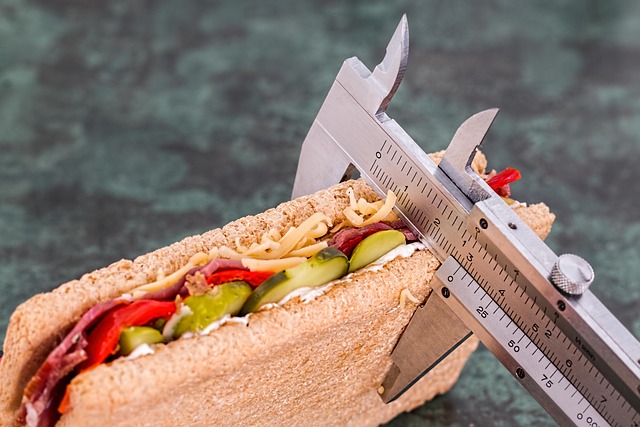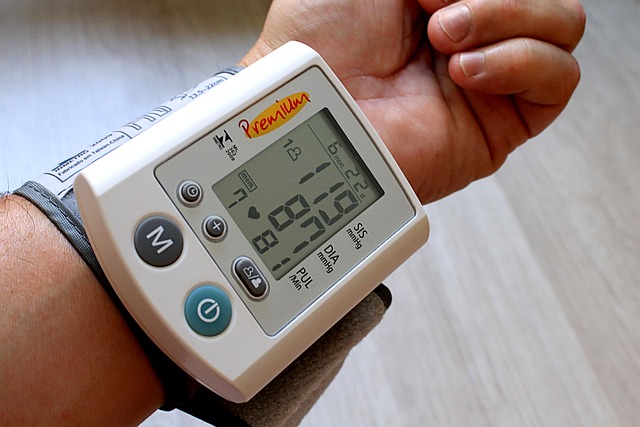Are you curious about how many calories you really burn during exercise?
Our Calorie Burn Estimator makes it simple to find out. Whether you’re walking, running, cycling, swimming, or practicing yoga, this tool uses scientifically recognized MET values (Metabolic Equivalent of Task) to estimate your calorie expenditure based on your body weight, chosen activity, and workout duration.
This calculator is perfect for:
-
Tracking your daily fitness progress
-
Comparing the effectiveness of different exercises
-
Planning workouts to meet weight loss or performance goals
All you need to do is enter your body weight, select the activity type, and specify the time spent. The calculator will instantly show you the total calories burned, per-minute energy cost, and effective MET value.
Stay on top of your fitness journey and discover how every step, pedal, or stroke contributes to your health goals.
Calorie Burn Estimator
Estimate calories burned using the MET method: Calories = MET × 3.5 × weight(kg) ÷ 200 × minutes.
How to accurately estimate calories burned during exercise
Calculating how many calories you burn during different activities has become a key part of modern fitness and health management. For anyone who wants to lose weight, maintain body composition, or optimize athletic performance, knowing your energy expenditure is essential. Many people overestimate or underestimate the calories they burn, which can lead to frustration when results do not match expectations. That’s why using scientifically based tools, such as a calorie burn estimator powered by MET values, makes a significant difference.
Calories are not just abstract numbers. They represent the actual fuel your body consumes to power every heartbeat, every breath, and every muscle contraction. The more intense or prolonged the activity, the more fuel is required. By understanding the principles behind calorie expenditure, you can take control of your health, improve your workouts, and achieve goals more efficiently.
What are met values?
The concept of metabolic equivalent of task (MET) is central to calculating calorie burn. A MET value represents the rate at which you expend energy relative to sitting at rest.
-
1 MET = the energy used when you are at complete rest (quietly sitting, watching TV, or reading)
-
2–3 METs = light activities like slow walking, stretching, or casual household chores
-
4–6 METs = moderate activities such as brisk walking, dancing, or recreational cycling
-
7–10 METs = vigorous activities like running, swimming laps, or intense aerobic workouts
-
10+ METs = very high-intensity training such as competitive sports, HIIT, or fast-paced jump rope
The formula that transforms MET values into calories burned is universally recognized:
Calories burned = MET × 3.5 × body weight (kg) ÷ 200 × duration (minutes)
This means that two people performing the same exercise for the same amount of time may burn very different amounts of calories, depending on their body weight and the activity’s intensity.
Why knowing your calorie burn matters
Understanding your calorie burn is not just about numbers on a screen. It directly influences health, performance, and lifestyle choices.
-
Weight management – A calorie deficit is required for weight loss, while a surplus is needed for muscle gain. Knowing your burn rate makes it easier to tailor your nutrition.
-
Workout efficiency – Not all exercises are equal. Some are more time-efficient at burning calories, which is valuable if you have limited time to train.
-
Motivation and progress tracking – Seeing the real impact of your workouts can inspire you to stay consistent and aim higher.
-
Injury prevention – Overestimating calories burned often leads to overeating, which can stall progress. Accurate calculations keep expectations realistic.
-
Balanced energy intake – Athletes and active individuals can better match their meals to energy expenditure, preventing fatigue and optimizing recovery.
Most common activities and their met values
To provide practical insight, let’s look at some popular activities and how many calories they burn for a 70 kg (154 lbs) person:
-
Walking at 5 km/h – ~280 kcal/hour (MET 3.8)
-
Running at 8 km/h – ~580 kcal/hour (MET 8.3)
-
Running at 10 km/h – ~700 kcal/hour (MET 10)
-
Cycling at 20 km/h – ~480 kcal/hour (MET 6.8)
-
Cycling at 25+ km/h – ~720 kcal/hour (MET 10)
-
Swimming, recreational – ~420 kcal/hour (MET 6)
-
Swimming, vigorous laps – ~560 kcal/hour (MET 8)
-
Strength training, moderate – ~245 kcal/hour (MET 3.5)
-
Strength training, vigorous – ~420 kcal/hour (MET 6)
-
Yoga, Hatha style – ~175 kcal/hour (MET 2.5)
-
Jump rope, moderate pace – ~700 kcal/hour (MET 10)
-
Hiking trails – ~420 kcal/hour (MET 6)
As you can see, the difference between activities can be dramatic. A leisurely walk may burn fewer than 300 kcal per hour, while intense jump rope or running can exceed 700 kcal in the same timeframe.
Factors that influence calorie burn
While MET values provide an excellent scientific baseline, several individual factors also affect how many calories you burn:
-
Body weight – heavier individuals burn more calories at the same activity level because they expend more energy moving their body mass.
-
Gender and body composition – muscle tissue burns more energy than fat tissue, so people with higher muscle mass tend to burn more calories.
-
Age – metabolic rate declines with age, slightly reducing calorie burn.
-
Fitness level – as your body adapts, some activities may feel easier, reducing relative calorie burn.
-
Intensity – the harder you push, the higher your calorie expenditure, even within the same activity type.
This is why personalized tools, like the calorie burn estimator, give you a more accurate picture than general online charts.
Tips to increase calorie burn effectively
If your goal is to maximize energy expenditure, here are science-backed strategies:
-
Increase workout intensity – small boosts in speed, resistance, or incline can significantly increase calories burned.
-
Incorporate interval training – alternating between high and low intensity (HIIT) elevates calorie burn even after the workout ends.
-
Add strength training – muscle mass increases your resting metabolic rate, meaning you burn more calories 24/7.
-
Stay active outside the gym – walking, taking stairs, and standing more during the day all contribute to daily energy expenditure.
-
Be consistent – regular exercise, even at moderate intensity, is more effective long-term than sporadic high-intensity sessions.
Common myths about calorie burn
Many people fall into misconceptions about exercise and calories. Let’s clear up a few:
-
Myth 1: Sweating more means more calories burned – Sweat is about temperature regulation, not energy expenditure.
-
Myth 2: Only cardio burns calories – Strength training also burns significant calories and builds muscle, which boosts metabolism.
-
Myth 3: Light activity doesn’t matter – Small movements throughout the day (NEAT – non-exercise activity thermogenesis) can add up to hundreds of calories.
-
Myth 4: Calorie calculators are 100% precise – They provide estimates, not exact figures, but when used consistently, they are extremely valuable for tracking trends.
How to use calorie data for weight loss or performance
If you’re aiming for weight loss, the key is creating a sustainable calorie deficit. For example, burning an additional 300 kcal through exercise while reducing food intake by 200 kcal creates a 500 kcal deficit — enough for about 0.5 kg of fat loss per week.
If your goal is performance or muscle gain, accurate calorie tracking ensures you eat enough to fuel workouts and recovery without gaining unnecessary fat. Endurance athletes, for instance, often need to carefully balance calorie intake with high training volumes to avoid energy deficits.
Estimating calories burned during exercise is much more than a number game. It’s about gaining control, awareness, and balance in your health journey. By understanding MET values, applying the calorie calculation formula, and using a reliable tool like the calorie burn estimator, you can make smarter fitness choices every day.
Whether your goal is weight loss, improved endurance, or overall wellness, tracking calorie burn empowers you to stay consistent, motivated, and on the right path toward success.
Image(s) used in this article are either AI-generated or sourced from royalty-free platforms like Pixabay or Pexels.
Did you enjoy this article? Buy me a coffee!






